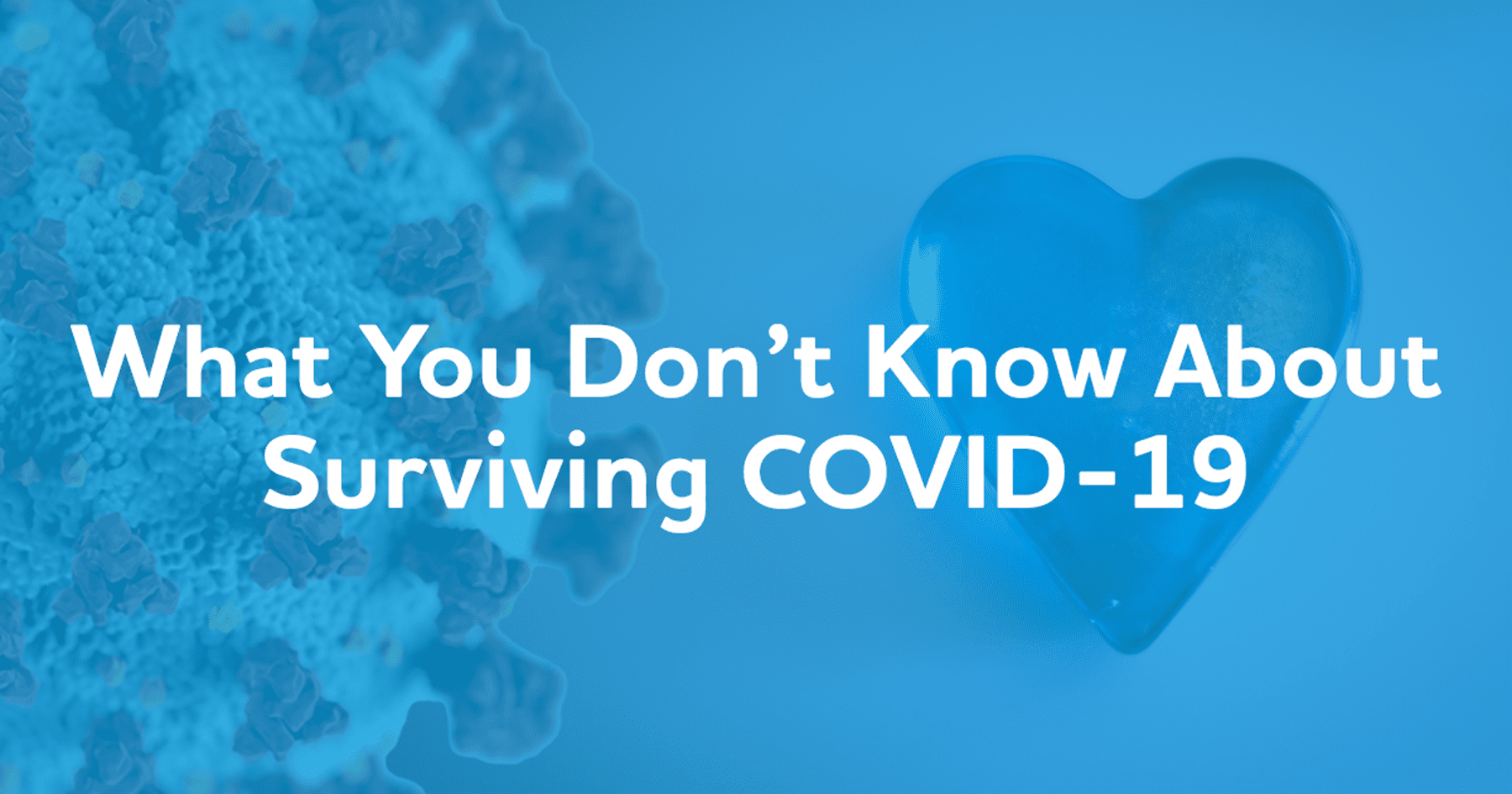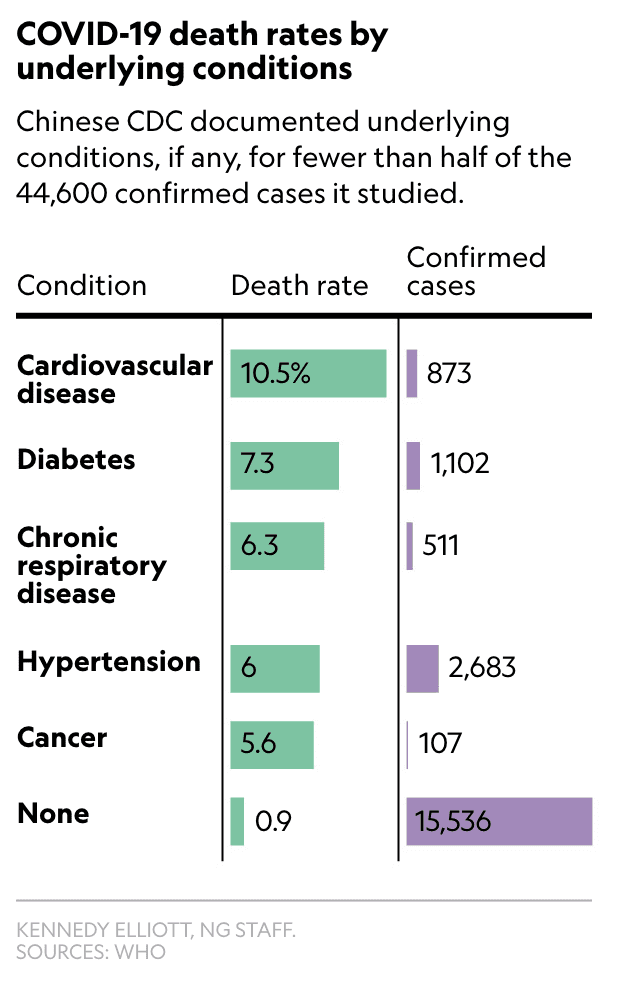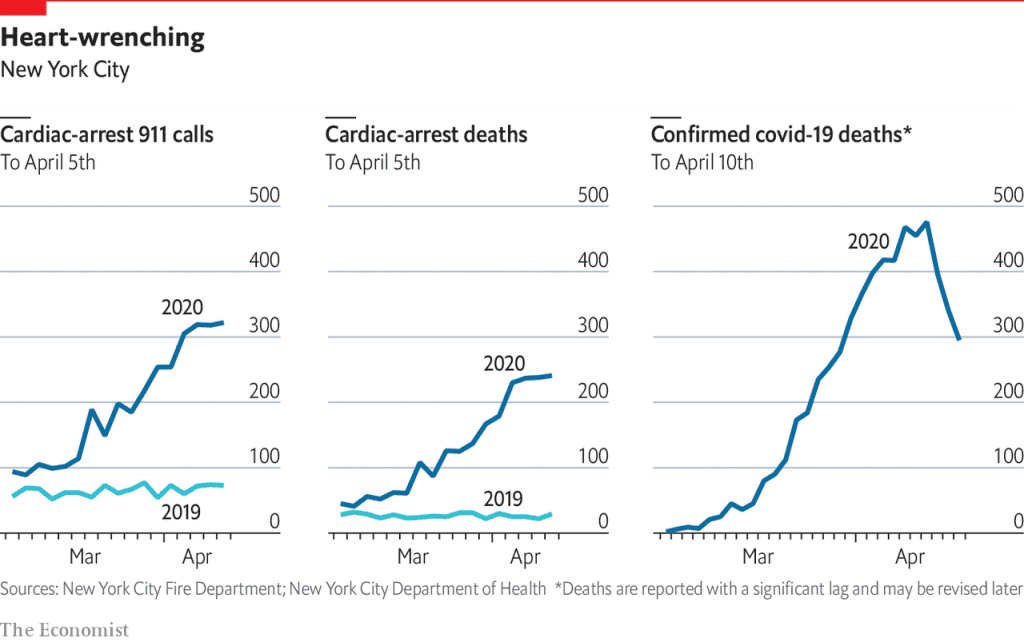
“One-third of COVID-19 patients who died in Italy had heart disease”*
As new cases of COVID-19 are skyrocketing, Governments globally are desperately working to stop the spread with what is becoming one of the greatest health and economic challenges of our generation. However, what isn’t being talked about is how these extreme lockdown measures that authorities are taking actually increase the likelihood of death from COVID-19 for particular individuals. This is because individuals most at risk of complications with COVID19 are those with some form of cardiovascular disease and while public spaces are becoming more heart health-conscious, the lockdowns mean that many who are contracting COVID-19, will be shut up in the homes.
“COVID-19’s worst outcomes are afflictions of the heart”
According to this one article, “The novel coronavirus tears apart the lungs, but the underlying condition most connected with COVID-19’s worst outcomes are afflictions of the heart.”
The article goes on to state that “‘there have been reports of acute cardiac injury, arrhythmias, hypotension, tachycardia, and a high proportion of concomitant cardiovascular disease in infected individuals, particularly those who require more intensive care.” One study of 150 patients from Wuhan, China—the epicenter of the coronavirus outbreak—found that patients with cardiovascular diseases had a significantly increased risk of death when they are infected. That’s because the heart and lungs are incredibly interconnected. Breathe in and out rapidly, and your pulse automatically increases its pace. But if your heart is already weak or you have blocked arteries, then you are working harder than a normal person to circulate blood and oxygen throughout your body.’”
Locking people in their home is one of the most dangerous things that you can do if they have a preexisting heart condition as survivability for SCA is much lower* in the home environment than if they were in a public or office setting.
There has been no city in America or even the world that has been hit as hard by COVID-19 as New York City, and while thousands have already died directly due to the virus, the official number is proposed to be substantially lower than the full number of fatalities due to the virus, with this recent article from the Economist, stating that “According to data from the city’s fire department, New Yorkers are making four times as many emergency calls about cardiac arrests as they did last year” and the “most recent figures show that about 200 of these heart-attack victims are being pronounced dead at the scene each day, up from around 30 this time last year”.
“One clue comes from the number of people calling 911 about cardiac arrests, a known consequence of covid-19 … most recent figures show that about 200 of these heart-attack victims are being pronounced dead at the scene each day, up from around 30 this time last year” *
The majority of Sudden Cardiac Arrests occur at a home or residence (68.5%), followed by public settings (21%) and nursing homes (10.5%).*
While many modern workplaces offer first aid training and quick access to AEDs, the ever more common lockdowns mean that employees who could be suffering from COVID-19 won’t have access to these facilities.
Now more than ever before it’s essential that families and households, especially of those with underlying heart conditions, make plans to become heart-safe-homes meaning that they know the Chain-of-Survival. However, with many businesses shutting up shop, getting access to good information and knowing where to start can be difficult.
We’ve created these first steps to help protect your household:
- If you are an at-risk person or believe that you might be at risk, talk to your doctor. Your regular doctor or healthcare professional should be able to provide you with the information that you need that’s relevant for your unique circumstances. It’s important not to panic or to get caught up in the hysteria. COVID-19 poses a significant health risk for quite a number of Australians, knowing how to protect yourself and others is essential.
- Read and learn the ‘chain of survival’. The importance of knowing how and what to do in the case of an emergency, whether it is protecting yourself or learning to help others, can’t be overstated. The crucial lifesaving DR ABCD steps are skills for life that can save a life!
- While learning CPR, ensure that you are adequately protected from contracting COVID-19.
With the virus spreading, it is possible that the chances of you or someone you know having to perform CPR is increasing. Making sure that you have access to adequate personal protective equipment is essential for protecting yourself from potentially infected patients.





